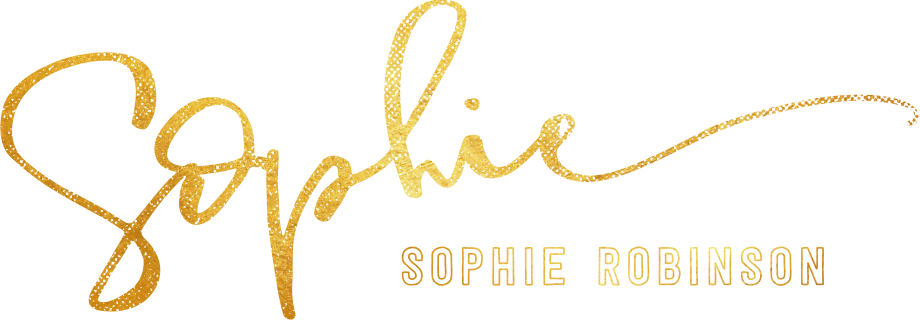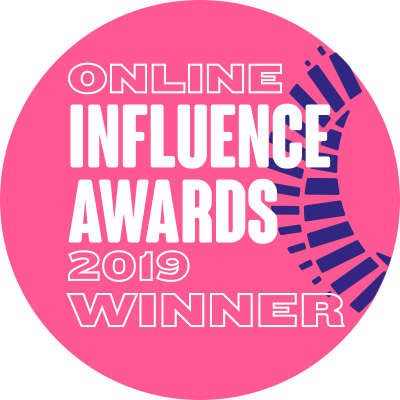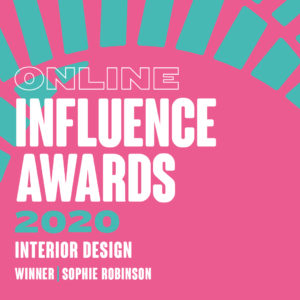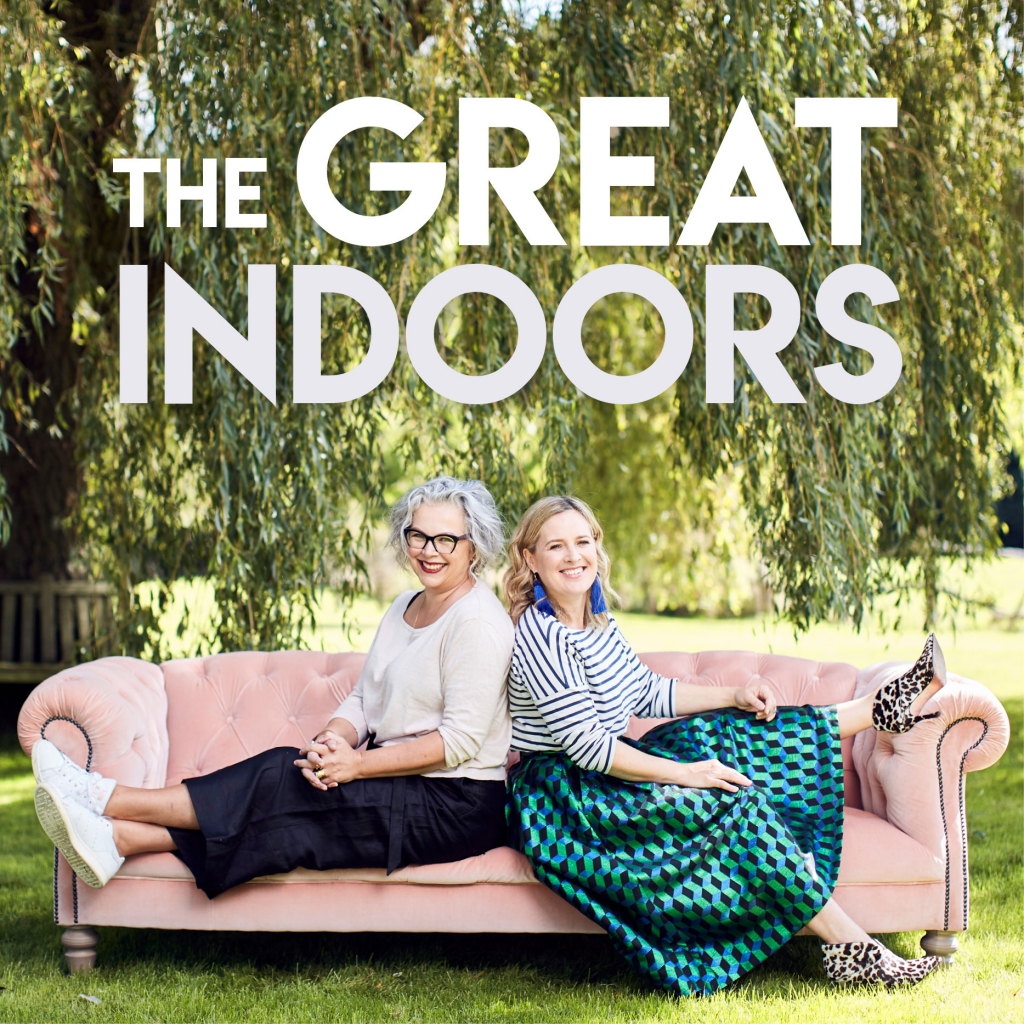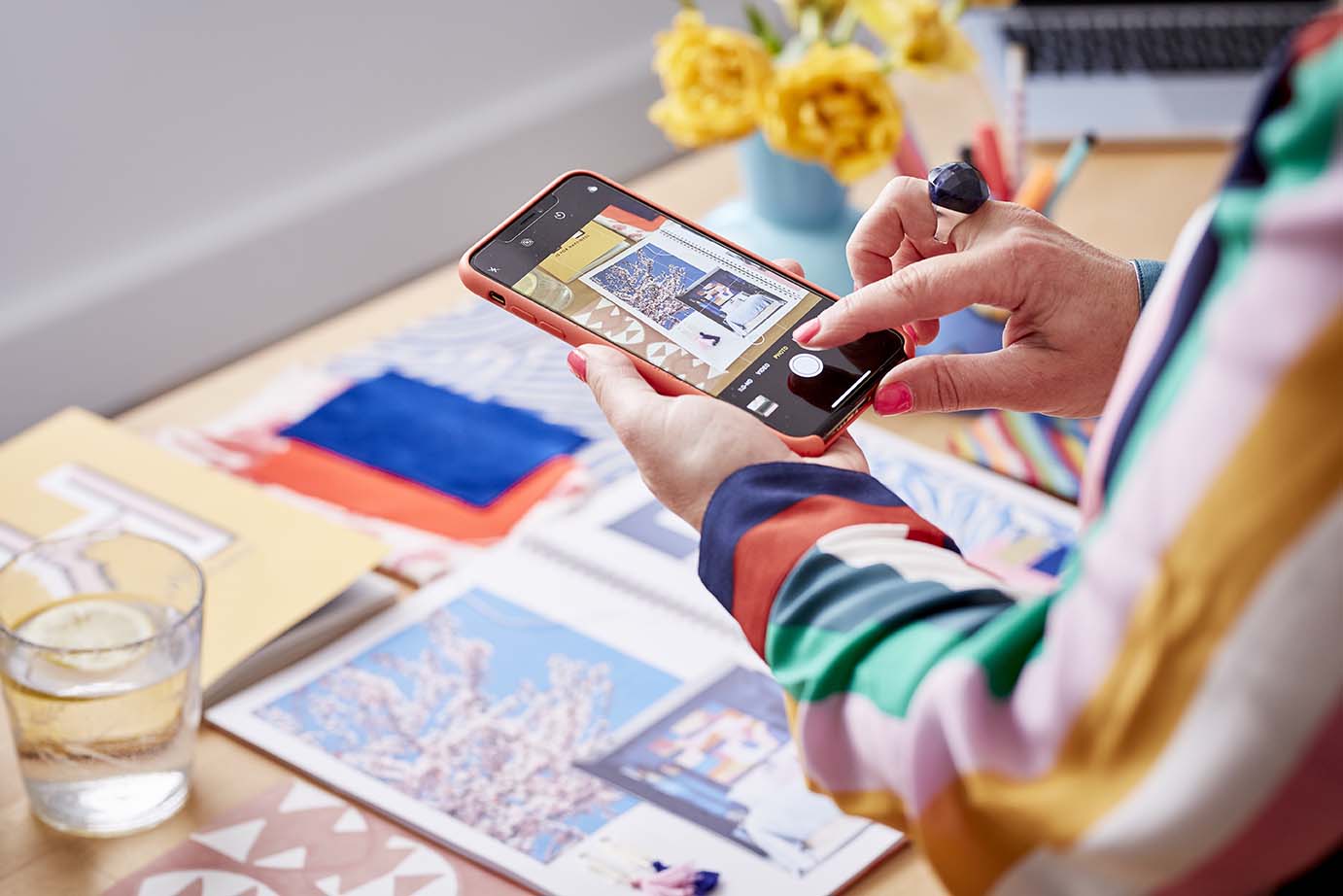House selling tips and interview with ethical designer Chloe Bullock, Podcast show notes S9 ep3

Hello and welcome to my Great Indoors show notes where I chat with interior designer Chloe Bullock about the importance of sustainability in the home and Kate and I discuss selling houses and those all-important details to think about. You can catch the full episode here.
Tips and tricks on selling houses
There seems to be quite a bit of movement in the property market of late and as we discussed a couple of episodes ago people’s priorities have changed due to the pandemic. With social distancing becoming the norm, many people are viewing houses virtually so we thought, how do you get your house ready to sell?
Now, I did confess I don’t know that much about the UK property market, however, I am all over the Netflix hit show Selling Sunset. For those of you who don’t know it focuses on realtors selling the million-dollar pads in Beverley Hills, Hollywood – not at all relatable I know but that’s why I love it. It’s a bit of escapism – the houses, of course, the clothes the women wear and the sunshine it’s basically house porn on the highest level!
From an interior design point of view, it’s a little frustrating, as once you’ve seen one you’ve seen them all! They all have the pool, the large sliding doors and marble in the kitchen. It’s all ‘California Cool’ which is basically white, white and more white and these premium pads must have a view – there’s certainly not much to look at inside! Yes, this is another world, but what I took from it is that they are selling the dream and are immaculate and they hire in furniture and artwork to enhance the look.
If we think back to when house flipping and property ladder TV shows were very popular we were encouraged to de-personalise our homes and go neutral for prospective buyers. I think you can never second guess what that buyer’s taste will be – these are homes and we’re not talking about selling sunsets! Don’t get caught up in the fear of having to de-personalise, you never know you could be selling to someone like me!
We have moved on from this thankfully, and your house does still need to be clean and tidy. In terms of the virtual tour, do think about what you might not be seeing behind the camera and as Kate pointed out – think about the scale, think about the size of the furniture in there and whether you would need the same. Don’t forget to compare the video and photographs to the floor plan – this may be a bit dull but may help get your head around room sizes and give you an idea about where you could potentially knock down walls (not the thick black lines as these are supporting walls and very costly to move).
This is all practical stuff, but part of the magic of selling a house to me is to bring in some fresh flowers and yes those cliche ‘homely’ smells of coffee and freshly baked bread, it’s all about adding to the sensory experience. We obviously can’t do that virtually but adding plants and greenery is a great way to create a sense of calm and relaxation.
Do share your house moving hacks either on Insta @sophierobinsoninteriors or our ever-growing, ever-resourceful Facebook group.
Interview with Chloe Bullock
We have broached the subject of sustainability quite a bit on the Great Indoors, whether that’s buying vintage, upcycling, recycling or challenging businesses to be more responsible. But I thought I would go to someone within the interior design industry so I got to chat with Chloe Bullock of Materialise Interiors, who is a member of the BIID and the first UK based designer to be Vegandesign.org certified.
Chloe began her career with The Body Shop back in the 90s when they were rapidly expanding and needed a retail design team. The team needed to be aware of the origin of every single piece of material used and had no animal content – in line the brand’s products. Chloe says that there is a lot of animal content within our homes and without going into any detail she says “animals and commerce don’t mix too well.” One thing that did shock her was the wool industry although treatment towards sheep has now improved considerably.
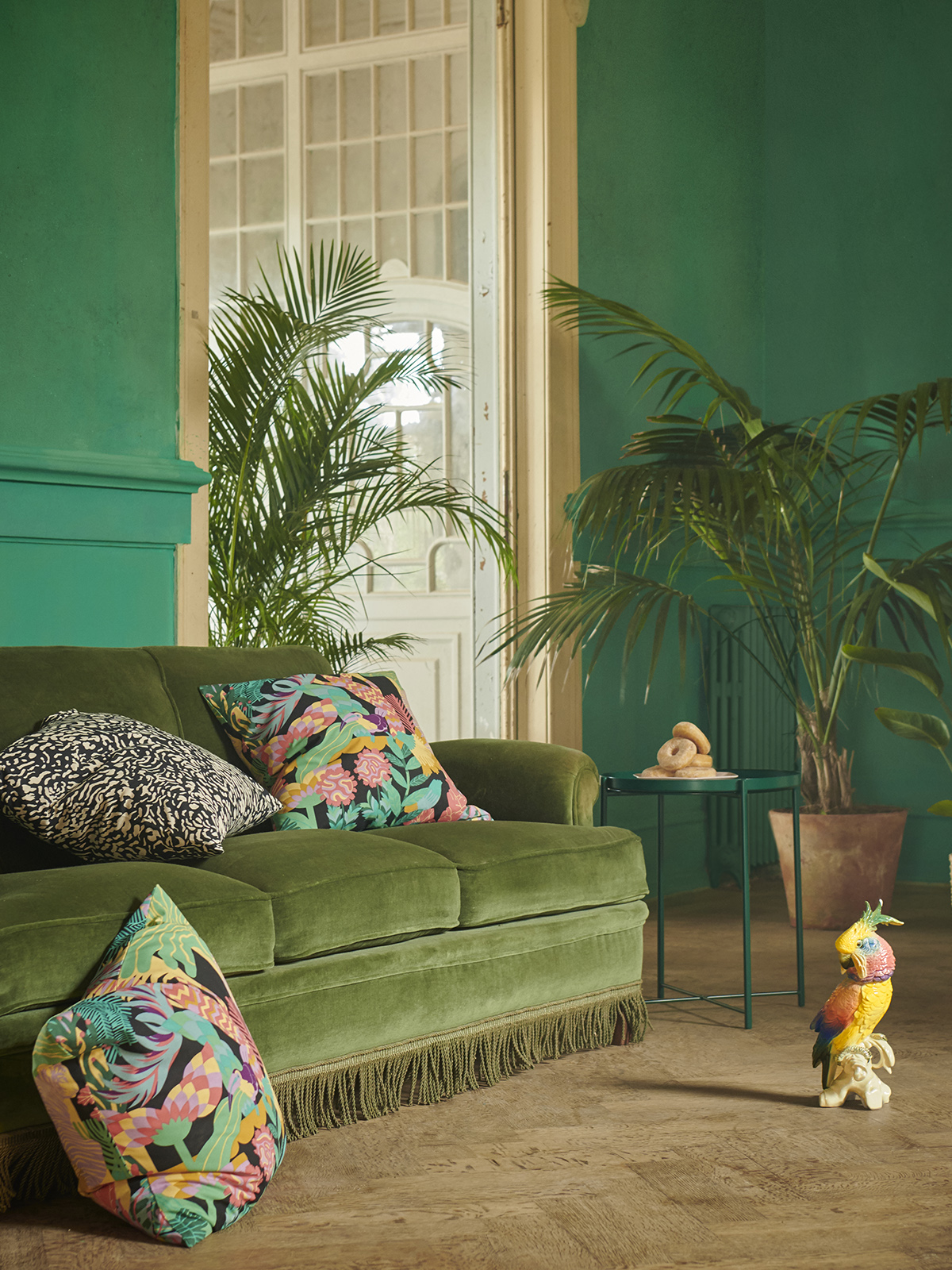
Ikea is known for its sustainability beliefs and policies
She also mentioned live plucking! Which when you think about how many interior products are feather filled, it’s things like this we need look into before we buy. Ikea is one brand there is known for stringent animal policies:
‘At IKEA we believe that in order to achieve improved animal welfare, the environments animals are reared in, the way the animals are handled and standard on-farm practices must prioritize good physical health, good mental health, and the expression of natural behaviour.’ You can check out the full animal welfare document here.
Yes, there is a lot to think about when buying anything, but it’s worth it, Chloe says, “Asking questions en masse will get companies ready to answer those questions.”
“Those companies who are doing good should shout about it and make it easy for people to find them”
Q. Is this information being shared between designers or are you keeping it all close to your chest?
“I feel very strongly that this is all something we should be sharing and not something I should keep to myself. I’ve been behind Kate’s Do Less Harm directory and I would love people to continue adding to that as I think that would help enormously. I am a member of the BIID and I have nagged them a little bit and I have been brought in to help with sustainability to try and help our members to learn more and hopefully will have a trickle effect.
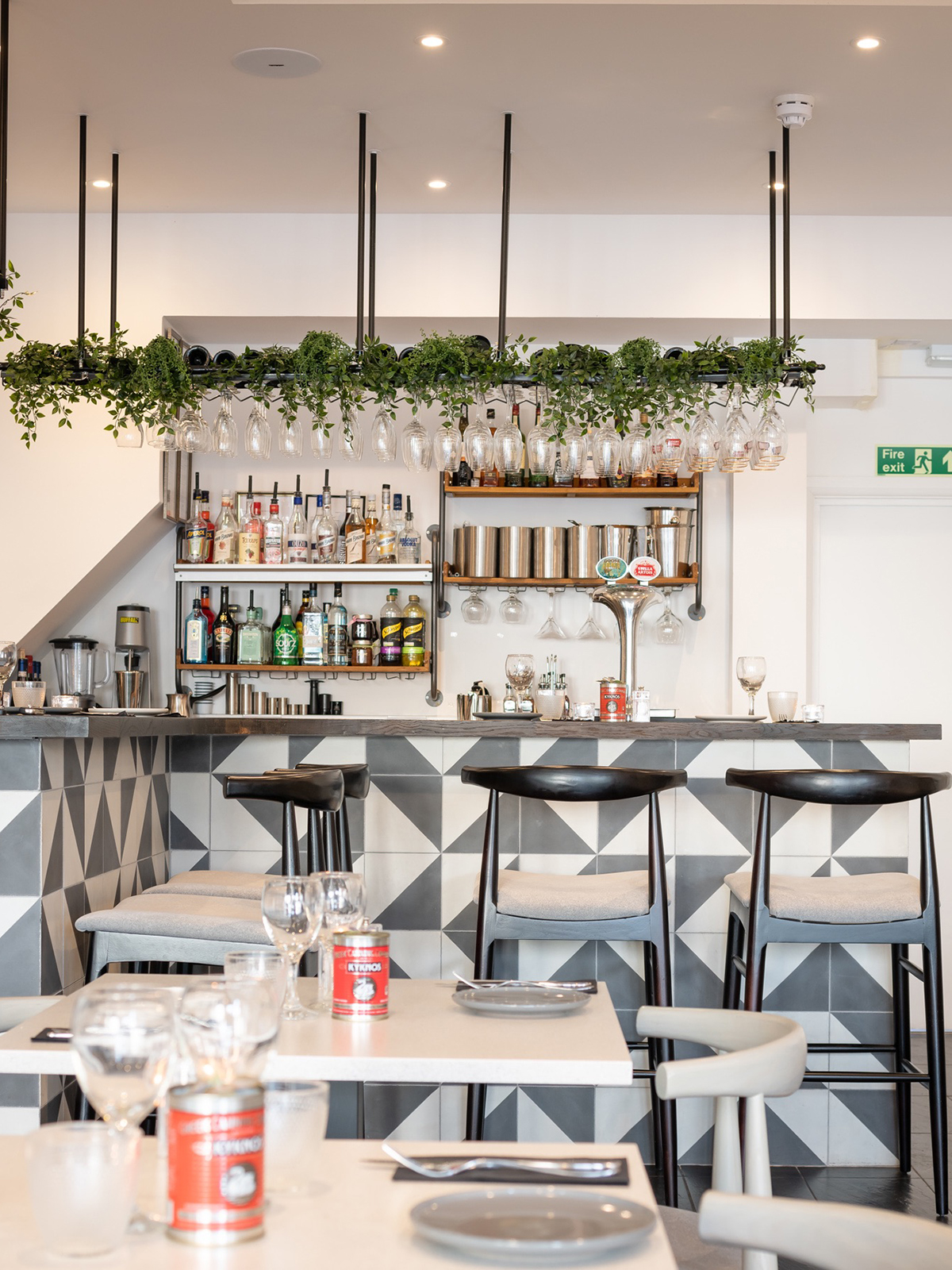
Chloe designed Nostos in Hove and note the use of plants en masse.
Q. So what questions do we need to be asking?
“At the top, is it FSC or PEFC certified (for timber). Recycling – there many products with high recycled content and we should be opting for that.”
“It can be very overwhelming for people but if we all take small steps and together it will start to make changes.”
Chloe wanted to share these links;
Made in a Free World, madeinafreeworld.org which is a survey which looks at who made the items you have bought.
The Well Building Standard “is about designing spaces looking at the air and water quality, materials used and are bringing in biophilic aspects. Initially used for offices but can also be applied to homes and other spaces. It’s all about making the building and interior healthy for use, so it’s human-centric design.”
“We need to collaborate at an early stage and sharing of information is our way out of the problem we have.”
If you do one thing today, change your energy provider to a green one – it’s so easy and doesn’t have to cost more!
A huge thanks to Chloe for sharing her knowledge and insights and do check out her Instagram feed, @materialiseint where she shares lots of info.
Finally we answered a listeners question about how to add colour to a seventeenth century cottage with oak beams and low ceilings. Kate and I both agreed that old period properties can really take the colour and I’d argue that white is the last colour you should choose as its far to modern and stark. Softer earthier shades work the best and natural motifs, like William Morris prints for example support the character of a rural property.
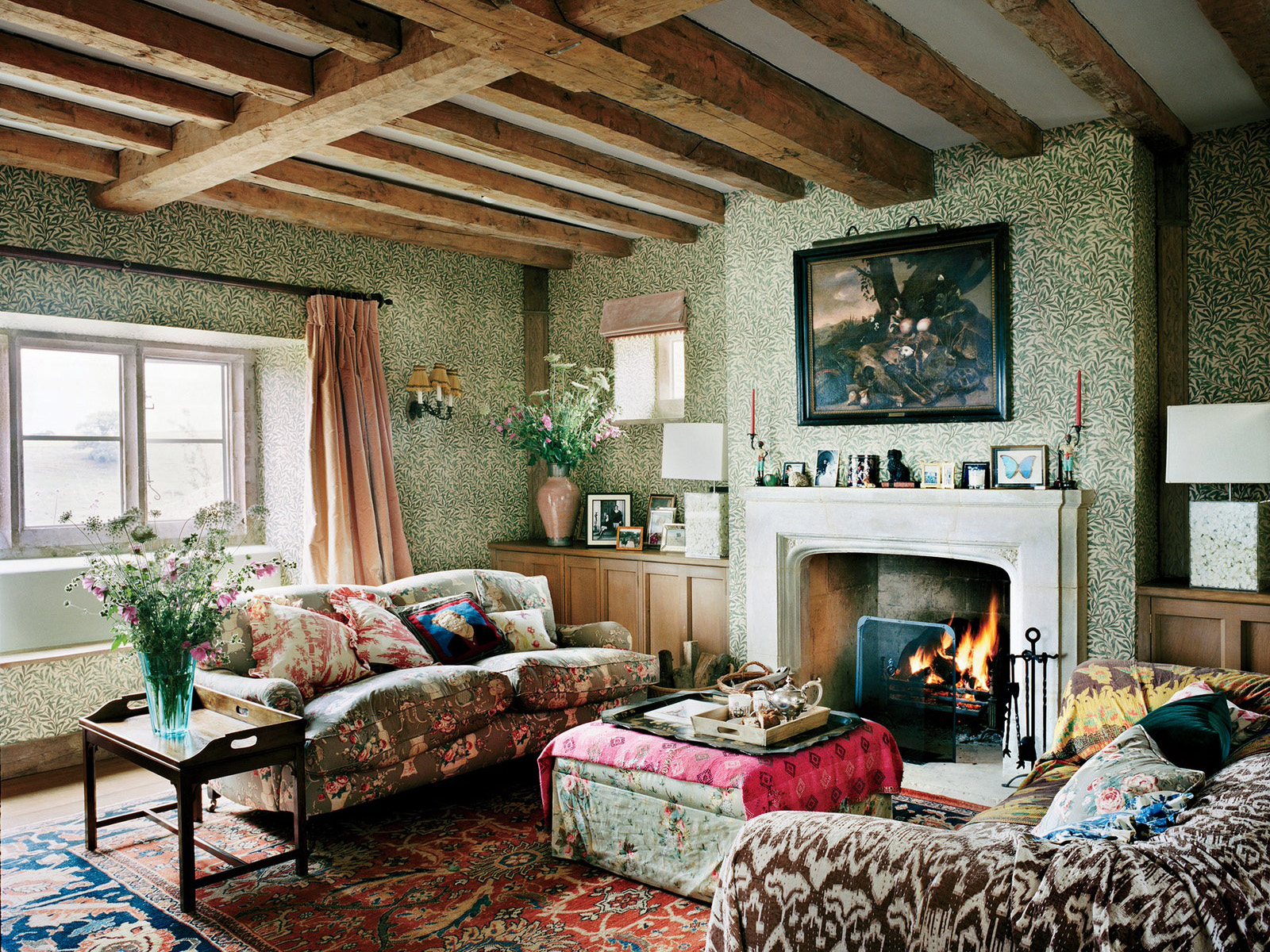
On our regular Style Surgery slot, we help one of our listeners add colour to her 17th C cottage. Image of Plum Sykes home for Vogue.
If you have a question for our Style surgery, head on over to our Great Indoors podcast facebook group. We’d love to see you there.
